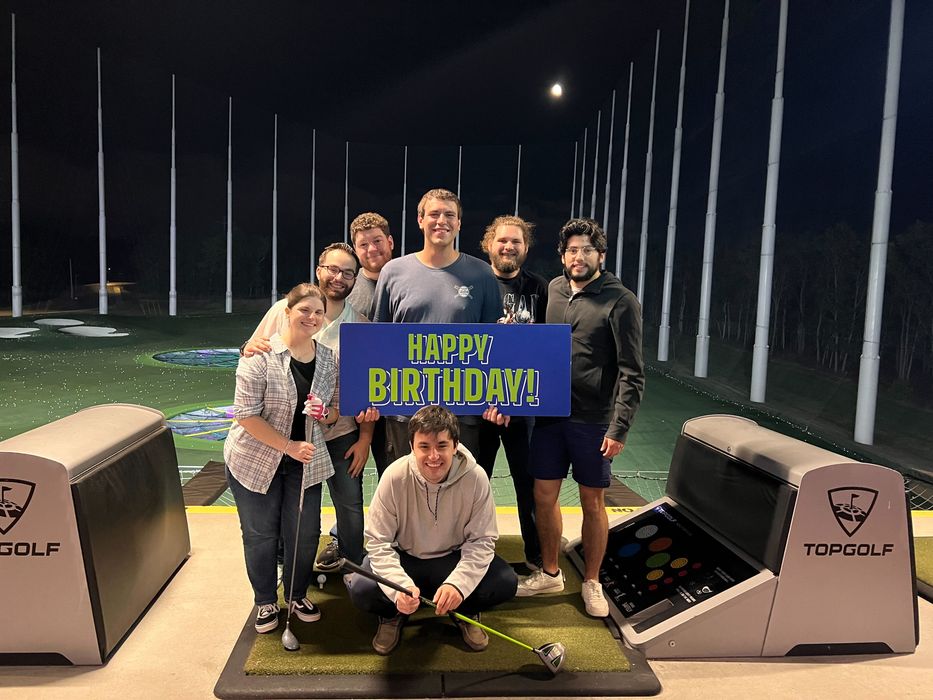
Charles R. Goulding and Preeti Sulibhavi dig into the strategic spin-off of Topgolf Callaway Brands, exploring how this separation will reshape the entertainment and golf equipment industries.
In September 2024, Topgolf Callaway Brands Corp. announced its intention to split into two independent companies by the second half of 2025, marking a significant evolution in its business strategy. The separation will result in Topgolf and Callaway functioning as standalone entities, each focusing on their core strengths and distinct markets.
Understanding the Two Businesses
Topgolf is an entertainment-focused company, blending sports with social experiences through its tech-driven golf venues. It has grown into a leading golf entertainment business with over 100 venues worldwide and generated approximately US$1.8 billion in revenue from Q2 2023 to Q2 2024. Topgolf’s success stems from offering interactive, gamified golf experiences along with food, beverages, and events. The venues attract a broader audience, including non-golfers, making it a category leader in experiential entertainment.
On the other hand, Callaway is a powerhouse in the golf equipment and active lifestyle markets. Known for its innovation in golf clubs and balls, Callaway holds the number one position in the U.S. for golf clubs and a growing number two spot for golf balls. Callaway’s portfolio includes other major brands such as Odyssey, TravisMathew, and Jack Wolfskin, expanding its presence into the active lifestyle market. In the twelve months ending Q2 2024, Callaway recorded US$2.5 billion in revenue.

The Spin-Off: Rationale and Benefits
The decision to separate Topgolf and Callaway stems from their distinct business models and strategic focuses. Topgolf operates as a capital-intensive, venue-based business, while Callaway leans toward manufacturing and selling golf equipment, and lifestyle products like apparel and accessories. By splitting the companies, each will have more operational agility and focus. Topgolf will be able to prioritize growth through venue expansion and improving margins, while Callaway will focus on driving innovation in its product lines and building its lifestyle brands.
Financially, this spin-off allows both companies to allocate capital more efficiently. Callaway will retain Toptracer, its cutting-edge, ball-tracking technology used in both entertainment and professional golf; while Topgolf will continue its aggressive venue expansion strategy with a reduced capital expenditure focus in 2025.

Callaway’s Use of 3D Printing in Golf
Callaway has been at the forefront of utilizing advanced technologies like 3D printing in golf equipment design and manufacturing. Three notable applications of 3D printing include:
- Prototyping Golf Clubs: Callaway uses 3D printing extensively for rapid prototyping during the design phase of golf clubs. This allows the company to test various design iterations quickly, ensuring that they can fine-tune factors like aerodynamics and weight distribution. The speed and accuracy of 3D printing helps reduce the time it takes to bring innovations to market.
- Customization and Fitting: Callaway employs 3D printing to create custom club components for specific players. The precision of 3D printing technology allows for the creation of perfectly fitted club heads, grips, and other parts based on player data, enhancing performance on the course.
- Replacement Parts: Another innovative use of 3D printing at Callaway is in creating replacement parts for their golf equipment. This is particularly important for high-end, limited-edition products where traditional manufacturing might be costly or time-consuming. With 3D printing, Callaway can produce on-demand parts, ensuring that their premium customers get fast service without needing to maintain extensive inventories for such one-off parts.
Implications of the Spin-Off
The spin-out is expected to enhance each company’s operational focus and financial performance. Callaway, under CEO Chip Brewer, will continue leveraging its leadership in the golf equipment sector and growing sports lifestyle brands, including its Toptracer business. The separation allows Callaway to focus on its core competencies in equipment innovation and lifestyle branding without the capital-intensive demands of running Topgolf.
Topgolf, led by CEO Artie Starrs, will continue to be the frontrunner in golf-based entertainment. It is positioned to expand its venue count globally and refine its operating efficiency. Importantly, the spin-off will leave Topgolf with a significant cash balance and no financial debt, giving it a stronger foundation for future growth.
Investors will benefit from the simplified business structures and clearer investment strategies. Callaway’s financial profile, driven by its equipment and lifestyle brands, contrasts with Topgolf’s growth-focused, venue-based business model. This clear delineation between the two entities is expected to improve the market valuation for both companies. Callaway will continue to be the exclusive golf equipment partner for Topgolf.
Below is the research and development spend over the past few years at Topgolf Callaway prior to the spinout.

The Research & Development Tax Credit
The now permanent Research and Development (R&D) Tax Credit is available for companies developing new or improved products, processes and/or software.
3D printing can help boost a company’s R&D Tax Credits. Wages for technical employees creating, testing and revising 3D printed prototypes can be included as a percentage of eligible time spent for the R&D Tax Credit. Similarly, when used as a method of improving a process, time spent integrating 3D printing hardware and software counts as an eligible activity. Lastly, when used for modeling and preproduction, the costs of filaments consumed during the development process may also be recovered.
Whether it is used for creating and testing prototypes or for final production, 3D printing is a great indicator that R&D Credit-eligible activities are taking place. Companies implementing this technology at any point should consider taking advantage of R&D Tax Credits.
Conclusion
The separation of Topgolf and Callaway into two independent companies is a pivotal step in unlocking shareholder value and allowing each brand to thrive in its respective market. Callaway will continue to lead the golf equipment industry while Topgolf capitalizes on its unique position in the entertainment sector. This move not only aligns both businesses for long-term growth but also offers exciting new opportunities for investors, employees, and customers alike – not to mention, the 3D printing industry.
